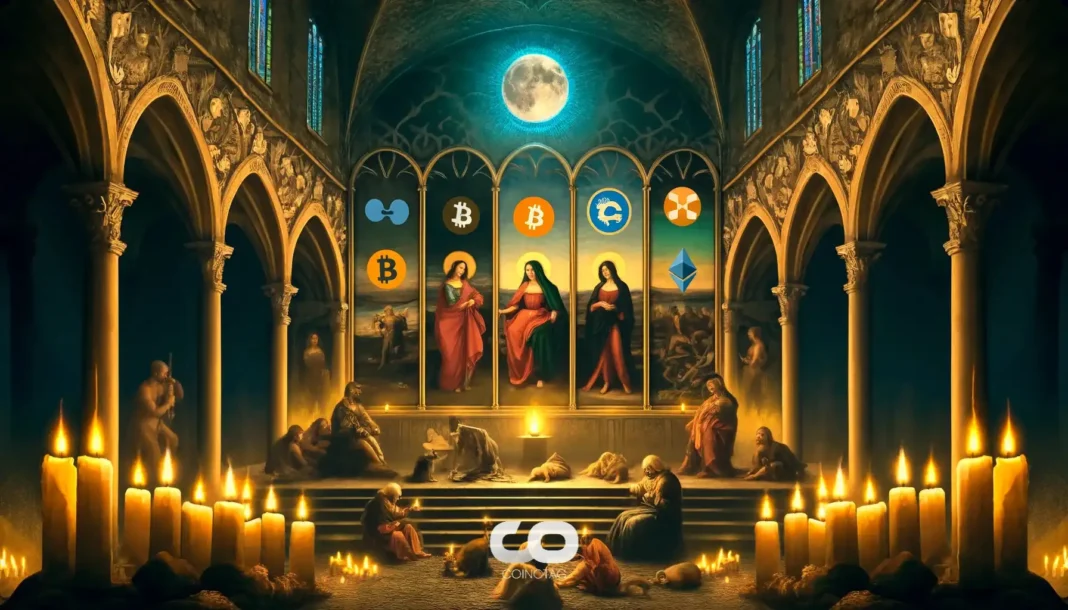-
The Ethereum mainnet faces growing challenges as users increasingly pivot to Layer 2 solutions and competitor blockchains like Solana for scalability and speed.
-
As demand rises for efficient blockchain solutions, the limitations of Ethereum’s infrastructure are prompting a significant migration of capital and applications.
-
Anmol Singh, co-founder of Zeta Markets, noted, “Layer 2s on Ethereum are a result of the underlying infrastructure not being sufficient enough to handle users, transactions and data.” This highlights the urgent need for improved network capabilities.
This article explores the migration from Ethereum’s mainnet to Layer 2 solutions and blockchains like Solana, focusing on scalability and liquidity challenges.
Scaling Challenges on Ethereum Mainnet Prompt Shift to Layer 2 Solutions
The limitations of Ethereum’s mainnet infrastructure are increasingly evident as transaction volumes continue to soar. Analysts argue that the main chain’s inability to facilitate rapid transactions is causing users and capital to gravitate toward Layer 2 solutions like Arbitrum and Optimism. These Layer 2 platforms, designed to enhance transaction throughput, are crucial for accommodating the growing demand for decentralized finance (DeFi) applications without the prohibitive costs associated with mainnet congestion.
Liquidity Fragmentation Concerns in Layer 2 Ecosystems
Despite the promise of Layer 2s, there are significant challenges regarding liquidity fragmentation. Qi Zhou, founder of QuarkChain, emphasized that each Layer 2 network operates with its own liquidity pools. “Users often need to bridge assets between Layer 2s, which increases friction and transaction costs,” he stated. This fragmentation can dilute liquidity, making it challenging to achieve deep liquidity pools within any single network and potentially driving up costs for larger transactions. However, potential solutions are emerging, including cross-Layer 2 liquidity protocols and shared liquidity hubs that could alleviate these concerns.
Solana’s Advantages in Throughput and User Engagement
In contrast to Ethereum’s woes, Solana has gained traction with its monolithic architecture, which allows it to achieve high transaction speeds and low latency. As noted by Singh, “Solana’s throughput and low latency allow it to handle core DeFi needs at scale.” This efficiency has attracted a growing number of users and new applications, as illustrated by the rapid rise in monthly active addresses, which reportedly hit around 100 million recently.
Growing Activity in Solana’s Ecosystem
Singh’s analysis, referencing data from a16z’s State of Crypto report, indicates a noteworthy shift in user engagement. He highlighted that Solana’s total value locked (TVL) has surged from $4.8 billion to $6.3 billion since June, while Ethereum’s TVL has decreased by nearly $20 billion. Additionally, the emergence of popular memecoins on Solana such as Mew and Bonk suggest burgeoning interest in its ecosystem over Ethereum’s.
Investor Behavior and Market Dynamics
Market analysts are noting a significant shift in investor sentiment. Joshua Lim, CEO of Arbelos Markets, observed, “There’s been a general apathy towards Ethereum and Ethereum-adjacent assets like MKR.” This has resulted in increased inflows toward Bitcoin, particularly following the anticipation surrounding the spot Bitcoin ETF. Concurrently, Solana is seeing renewed interest, driven largely by retail enthusiasm for innovative projects.
The Inflationary Impact of Layer 2 Tokens
The increasing supply of Layer 2 and governance tokens on Ethereum could introduce inflationary pressures, potentially undermining Ethereum’s perceived “ultrasound” monetary policy. Contrastingly, Solana is positioning itself as a formidable competitor in both DeFi and speculative trading, presenting a viable alternative in the evolving landscape of cryptocurrencies.
Conclusion
As the cryptocurrency ecosystem continues to evolve, the battle for dominance between Ethereum and Solana demonstrates the critical importance of scalability, liquidity, and user engagement. While Ethereum pushes for improvements through Layer 2 solutions, Solana’s architectural advantages present an attractive alternative for users and investors alike. The coming months will be pivotal to determine how these dynamics will reshape the future of decentralized finance.






